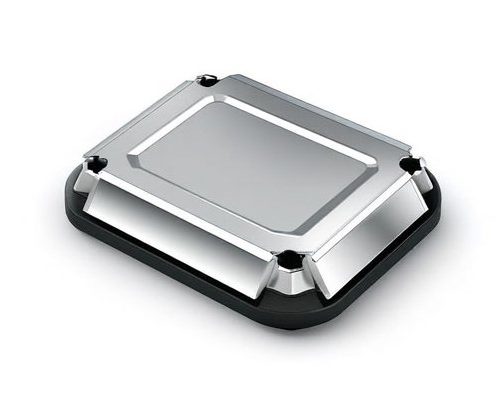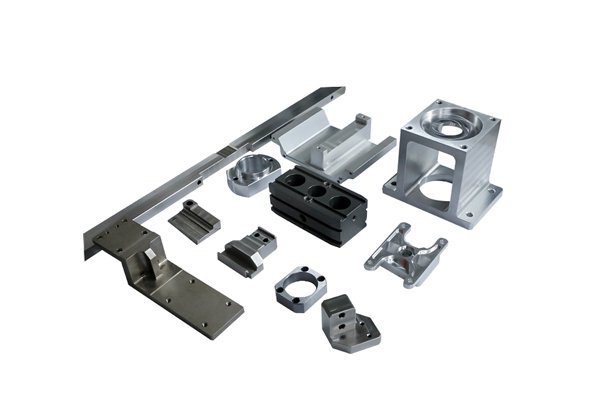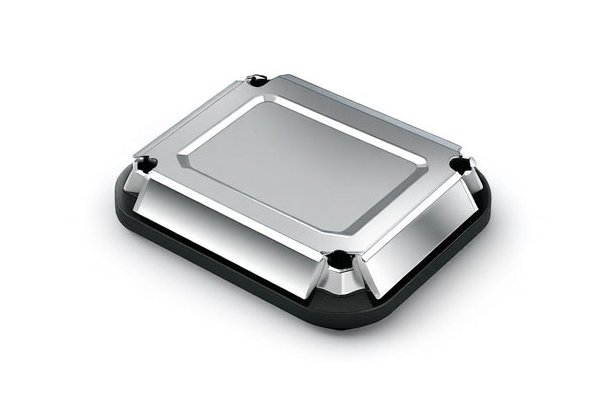In today’s fast-paced manufacturing world, there’s a buzzword that keeps popping up everywhere: CNC machining. For many, it’s just another technical term, but for those who know its potential, it’s like discovering a secret superpower in custom fabrication. If you’ve ever been in need of precision-engineered components or thought about how your projects could benefit from high-quality aluminum parts, then you’re in the right place. Buckle up as we delve into the world of CNC machining and explore how it’s transforming the landscape of custom aluminum parts fabrication.
Understanding CNC Machining: The Basics
Before we kick off our adventure, let’s lay down some groundwork. CNC, or Computer Numerical Control, might sound like something straight out of science fiction, but it’s as real as it gets. Think of CNC machining as an artist using a brush (the machine) to craft a masterpiece (the aluminum part). In essence, CNC machining automates the process of cutting and shaping materials based on precise computer designs. Whether it’s aluminum, brass, or stainless steel, CNC machines are like skilled artisans that ensure the shapes you desire come to life just as you envisioned them.
Why Aluminum? The Metal of Choice
You might be wondering, why aluminum? Among the sea of metals available, aluminum stands out like a star on a clear night. Here’s why:
The CNC Machining Process: A Step-by-Step Guide
So, how does this process work? Let’s break it down into digestible chunks.
Designing the Blueprint: CAD Modeling
It all starts with a Virtual Architect—Computer-Aided Design (CAD) software. Here, engineers and designers create precise blueprints for the aluminum parts. Think of it as drafting the blueprints to a dream house! These designs are the lifeblood of the CNC machine, ensuring that every defect is stripped away and every detail is taken into account.
The Magic of G-Code
Once the design is ready, it’s time for the CNC machine to take over. The CAD model gets converted into G-code. Imagine G-code as the language that CNC machines understand, guiding them through the cutting process. It’s like giving a treasure map to a pirate who knows exactly where to dig!
Set Up the CNC Machine
Before the machine springs to life, engineers set up the workpiece—our aluminum block. This involves securing the material in place, ensuring that it doesn’t budge during machining. It’s like getting a solid foundation before building a skyscraper.
Types of CNC Machines for Aluminum Fabrication
When it comes to CNC machines, there’s a whole arsenal. Let’s explore a few types that are particularly good for aluminum parts.
CNC Milling Machines
Milling machines utilize rotary cutters to remove material. They’re brilliant for creating complex shapes and are often used in the initial stage of aluminum part fabrication. Picture a sculptor chiseling away pieces to form a magnificent statue.
CNC Lathes
When symmetry and rotation are key, CNC lathes take center stage. Here, the object spins, allowing the cutting tool to carve out designs. It’s akin to a potter shaping a clay vase; the rotation enhances precision and opportunities for detailed work.
CNC Plasma Cutters
For larger aluminum sheets or structures, plasma cutters add power to precision. These machines use a high-velocity jet of hot plasma to cut through metal. It’s like using a lightsaber to slice through obstacles in your path!
Advantages of CNC Machining for Custom Aluminium Parts
You might still be pondering why CNC machining is hailed as the game-changer for custom aluminum parts. Here’s a closer look at its multitude of benefits:
Precision and Accuracy
CNC machining offers unmatched precision, often down to a few microns. This level of detail ensures that parts fit together seamlessly, akin to puzzle pieces coming together perfectly.
Reproducibility
Once a design is perfected, producing multiple copies with the same specifications is a breeze. It’s as if you’ve discovered a magic spell that can replicate your perfect cake—the same delicious flavor, every single time!

Complex Geometries Made Easy
With CNC machining, even the most intricate designs can be created effortlessly. Consider it like having a master chef who can whip up gourmet dishes with little effort, regardless of how complicated the order is.
Reduced Waste
Efficiency is key in manufacturing. CNC machines optimize the use of raw materials, which means less waste. Think of it as preparing a meal where every ingredient is used wisely—no waste, all nourishment!
Integrating CNC with Emerging Technologies
As technology surges forward, CNC machining continues to evolve, often integrating with groundbreaking innovations.
The Rise of AI in CNC Machining
Artificial Intelligence is starting to play a role in optimizing CNC machining processes. Imagine having an assistant that predicts when tools need sharpening or maintenance! This means less downtime and more productivity.
Additive Manufacturing and CNC
CNC machining doesn’t exist in isolation. The fusion of CNC with 3D printing (additive manufacturing) opens up an exciting frontier. Picture a hybrid car—where electric and fuel power come together for the best performance. This integration enhances design possibilities and part performance.
Common Applications of CNC Machined Aluminum Parts
CNC machined aluminum parts are everywhere! Here’s a glimpse into a few sectors where they shine like diamonds.
Automotive Industry
From engine components to sleek chassis designs, aluminum’s lightweight nature and strength make it invaluable in this sector.
Aerospace Engineering
The aerospace industry relies on CNC machining to create intricate parts that ensure functionality while keeping weight down. Think of it as lightweight armor that protects and empowers aircraft.
Consumer Electronics
Aluminum casings for laptops, smartphones, and gadgets are now commonplace. It combines aesthetics with durability, akin to dressing a superhero in both style and protection.
Challenges in CNC Machining
Despite its numerous advantages, CNC machining isn’t without hurdles. Navigating these challenges requires foresight and expertise.
High Initial Costs
Investing in CNC machinery and technology can be steep. However, consider it a worthy investment for long-term gains!
Skilled Labor Shortage
As technology advances, so does the need for skilled technicians. It’s essential for companies to invest in training, like nurturing a garden to ensure it blooms.
Final Thoughts: The Future of CNC Machining
As we journey toward the future, the landscape of CNC machining continues to evolve. With ongoing advancements in technology, who knows what wonders await us?
Imagine 3D printing integrated with CNC to create parts we can only dream about today. Each step forward opens new avenues for innovation and creativity, much like a musician exploring new genres.
So, the next time you think about custom aluminum parts, remember the magic behind CNC machining. It’s not just a process; it’s a fusion of technology, artistry, and precision, crafting pieces that could power your dreams into reality.
Join the Conversation!
What do you think about the evolution of CNC machining? Have you had any experiences using CNC for your projects? Share your thoughts in the comments below! Let’s keep this discussion going and inspire each other to explore the fascinating world of CNC machining together. Happy crafting!



